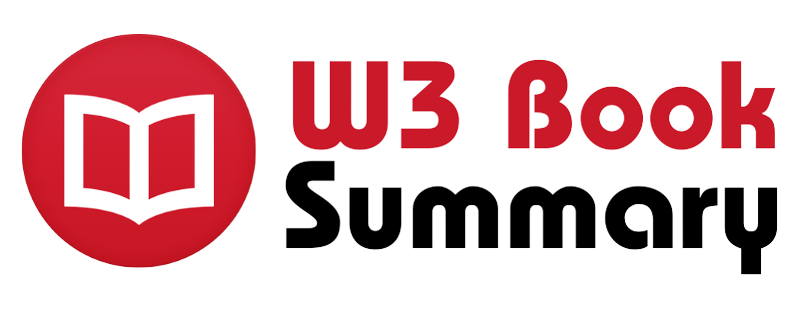Published in 1984, "You Can Heal Your Life" by Louise L. Hay is a self-help book that explores the mind-body connection and its potential for healing. Hay, a self-help pioneer and cancer survivor, presents her core belief: "If we are willing to do the mental work, almost anything can be healed."
The book in three sentences:
- This
self-help book explores the mind-body connection, proposing that negative
thoughts and beliefs can manifest as physical ailments.
- It
emphasizes self-love, positive affirmations, and releasing negative
emotions from the past as key aspects of healing.
- While
acknowledging the importance of a healthy lifestyle, the book ultimately
empowers readers to take charge of their thoughts, emotions, and overall
well-being.
The book is divided into three parts:
Part 1: Understanding the Cause of Our Illnesses:
- The Mind-Body Connection: Hay emphasizes
the interconnectedness of our thoughts, feelings, and physical health. She
argues that negative thought patterns and limiting beliefs can manifest as
physical ailments.
- Identifying Limiting Beliefs: The book provides
a chart linking specific physical issues to their potential underlying
emotional causes. For instance, Hay associates back pain with anger and
resentment, while headaches are linked to self-criticism.
- Taking Responsibility: Hay encourages readers to take
responsibility for their thoughts, feelings, and health. She emphasizes
that we have the power to choose our thoughts and create the life we
desire.
Part 2: Learning to Love Yourself:
- The Importance of Self-Love: Hay asserts that
self-love is crucial for overall well-being. She encourages readers to
practice self-acceptance, forgiveness, and compassion.
- Affirmations and Releasing the Past: The book
introduces affirmations, positive statements intended to replace negative
thought patterns. Hay provides numerous affirmations for various aspects
of life, such as health, relationships, and prosperity. She also guides
readers through exercises to release emotional baggage from the past.
Part 3: Putting It All Together:
- Creating a Healthy Lifestyle: Hay emphasizes
the importance of a holistic approach to healing, incorporating healthy
diet, exercise, and stress management alongside working on one's thoughts
and emotions.
- Relationships and Communication: The book explores
the impact of our thoughts and beliefs on our relationships. Hay offers
guidance on improving communication and fostering healthy interactions.
- Moving Forward: The book concludes with encouragement to
maintain a positive mindset and continue practicing self-love and
self-care. Hay emphasizes that healing is a journey, not a destination.
Criticisms and Considerations:
While
"You Can Heal Your Life" has sold millions of copies and helped many
readers, it is essential to acknowledge criticisms of the book.
- Lack of scientific evidence: Hay's claims
about the mind-body connection haven't been universally accepted by the
medical community. Critics argue that the book presents anecdotal evidence
rather than scientific research.
- Oversimplification of complex issues: The book's
cause-and-effect relationships between specific emotions and illnesses are
overly simplistic and may not apply to everyone's experience.
- Potential for victim blaming: The emphasis on
taking responsibility for one's health can be misconstrued as
victim-blaming, particularly for individuals facing complex health
challenges beyond their control.
Overall:
Despite
its limitations, "You Can Heal Your Life" offers valuable insights
into the potential of the mind-body connection and the power of self-love.
Hay's encouraging message and practical tools can guide readers on a journey of
self-discovery and personal growth. It is important to approach the book with a
critical mind and remember that it is not a substitute for professional medical
advice.
Conclusion
In the final stretch of "You Can Heal Your Life," Hay
emphasizes that healing is a continuous process. It requires constant
self-awareness, commitment to self-love, and the willingness to replace
negative thoughts with positive affirmations. Through mindful living,
incorporating healthy habits, and maintaining positive relationships, readers
are empowered to create a fulfilling life. While external factors may influence
our circumstances, Hay underscores our individual capacity to choose our thoughts
and create the reality we desire. This empowering message leaves readers with a
sense of hope and the tools to navigate their personal journeys towards greater
well-being.






0 Comments